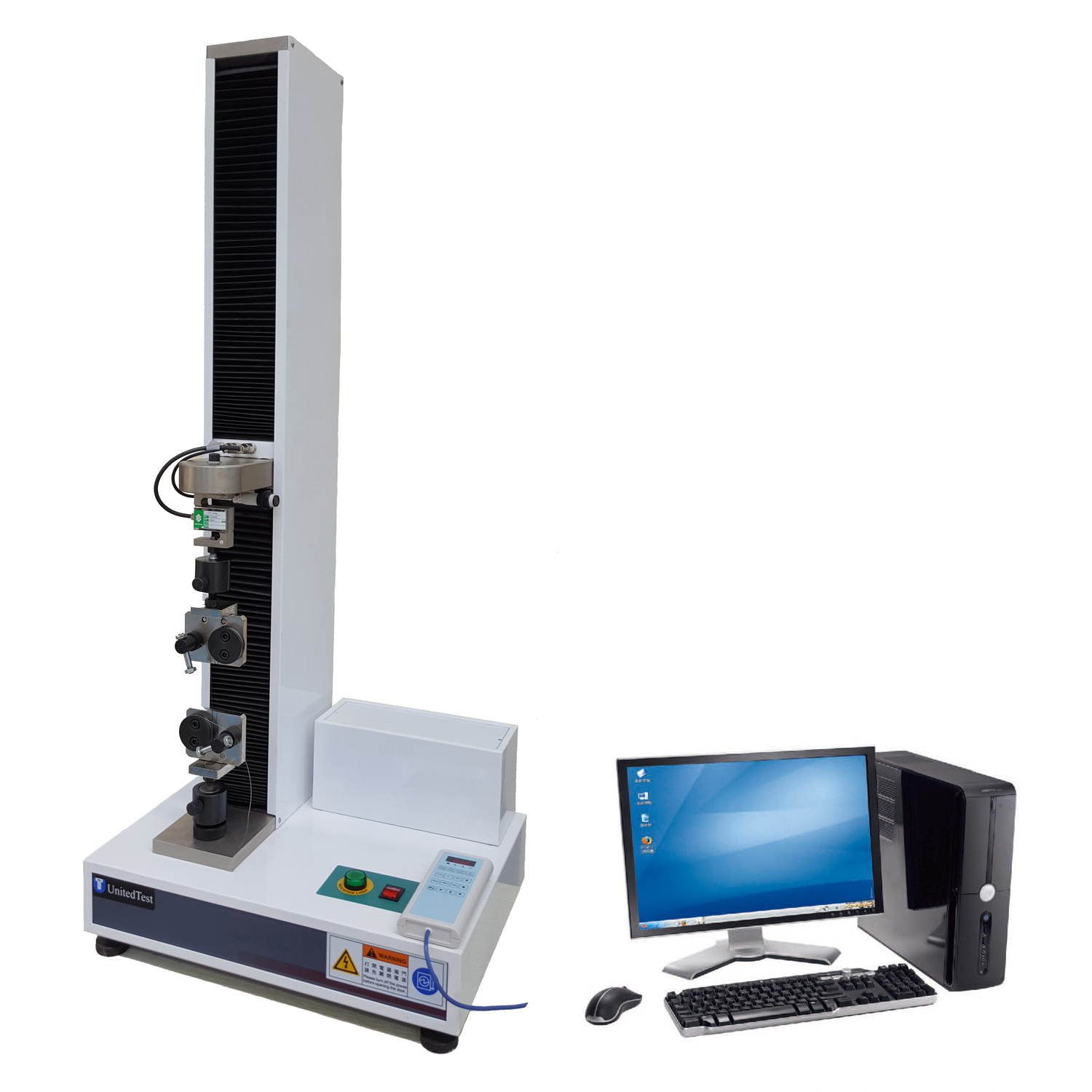Why choose our Elmendorf tearing tester?
The Elmendorf Tear Tester is an automated tear tester equipped with an optical encoder for measuring the angular position of the pendulum during tearing and converting this measurement to tear units. A large, full-color touchscreen display with intuitive, easy-to-use software provides a revolutionary new approach to testing and data review. This tearing tester offers fast and reliable results, helping you save time and improve testing efficiency.
Introduction
The ASTM D1922 Elmendorf Tear Test is a standard test for measuring plastic films and thin sheeting tear resistance. This test is usually performed to study the energy that must be used to carry a tear through a material; hence, it indicates its toughness and durability. This method uses a pendulum-based tester and is very important for evaluating the mechanical performance of packaging, construction, and other materials. Tear resistance quantified by ASTM D1922 assists manufacturers in ensuring their product reliability and material optimization for specific applications.
Scope
All plastic films and sheets are susceptible to tearing with increased force. The ASTM D1922 test method is commonly used for determining the relative tear resistance of thin plastic films and sheets. The pendulum impact tester determines the minimal force required to propagate an existing slit a predetermined distance to the specimen’s edge. The test is result-oriented and determines the packaging’s thickness and type of plastics. The application determines whether a modest or high propagation impact is required.
Test Procedure
In the ASTM D1922 test, ten samples are incised from the plastic sheet in the machine’s direction and cut from the sheet transversely. A sample is inserted in the tester and secured in position. A knife is used to cut a slit in the sample that ends 43 mm from the far edge of the sample. The pendulum is permitted to continue propagating the slit through the entire 43 mm length. The pendulum’s energy loss is measured by computing its average tearing force.
In this test, a delicately calibrated pendulum device measures the force in grams needed to propagate tearing across a film or sheeting specimen. The Pendulum, operating on gravity, swings in an arc and pulls the specimen from a pre-cut slit. The Pendulum holds one side of the specimen, while a stationary member has the other. A pointer indicates the pendulum’s loss of energy. The scale indication depends on the force needed to pull the specimen apart.
Sample Size
The following are the technical specifications of ASTM D1922:
Sample size Three types of standard samples are considered for Elmendorf tear testing. Constant radius samples are the most widely used test samples for plastic films.
The constant radius sample is beneficial for materials where the rupture may not propagate up the sample as desired.
Sample dimension A rectangular sample of 63 mm × 76 mm can also be used. A modified rectangle increases the height of the specimen edges to help lower the unscrambling of the external edges.
Result
The test results are recorded as milli-newtons (grams-force) tearing force. Sample thickness is recorded, although thickness and pulling force are unrelated. Hence, only results for samples with equal thickness can be compared.
 Global links
Global links



